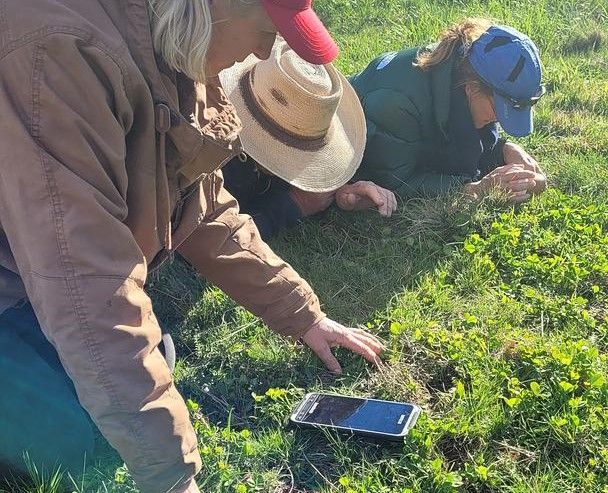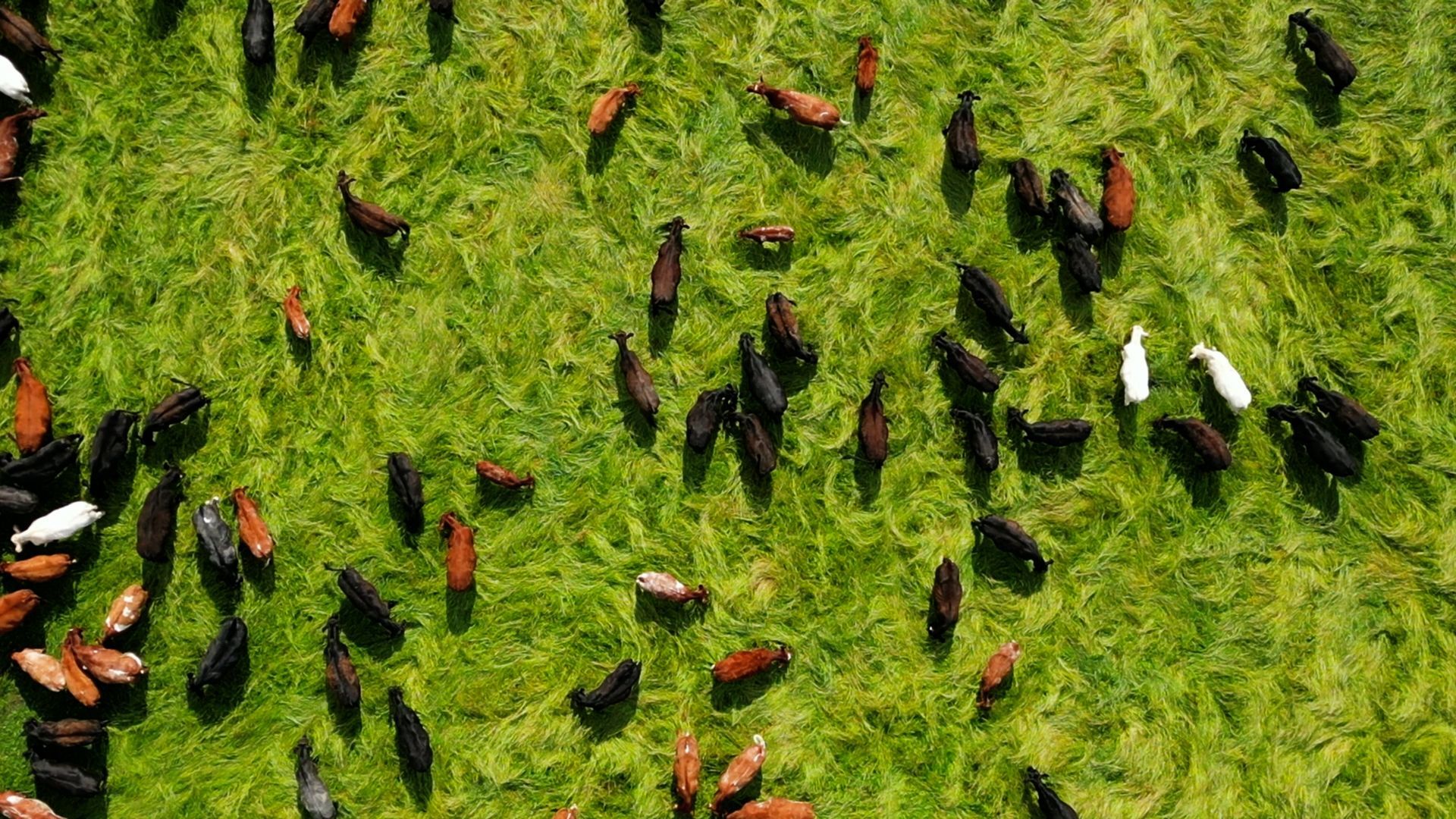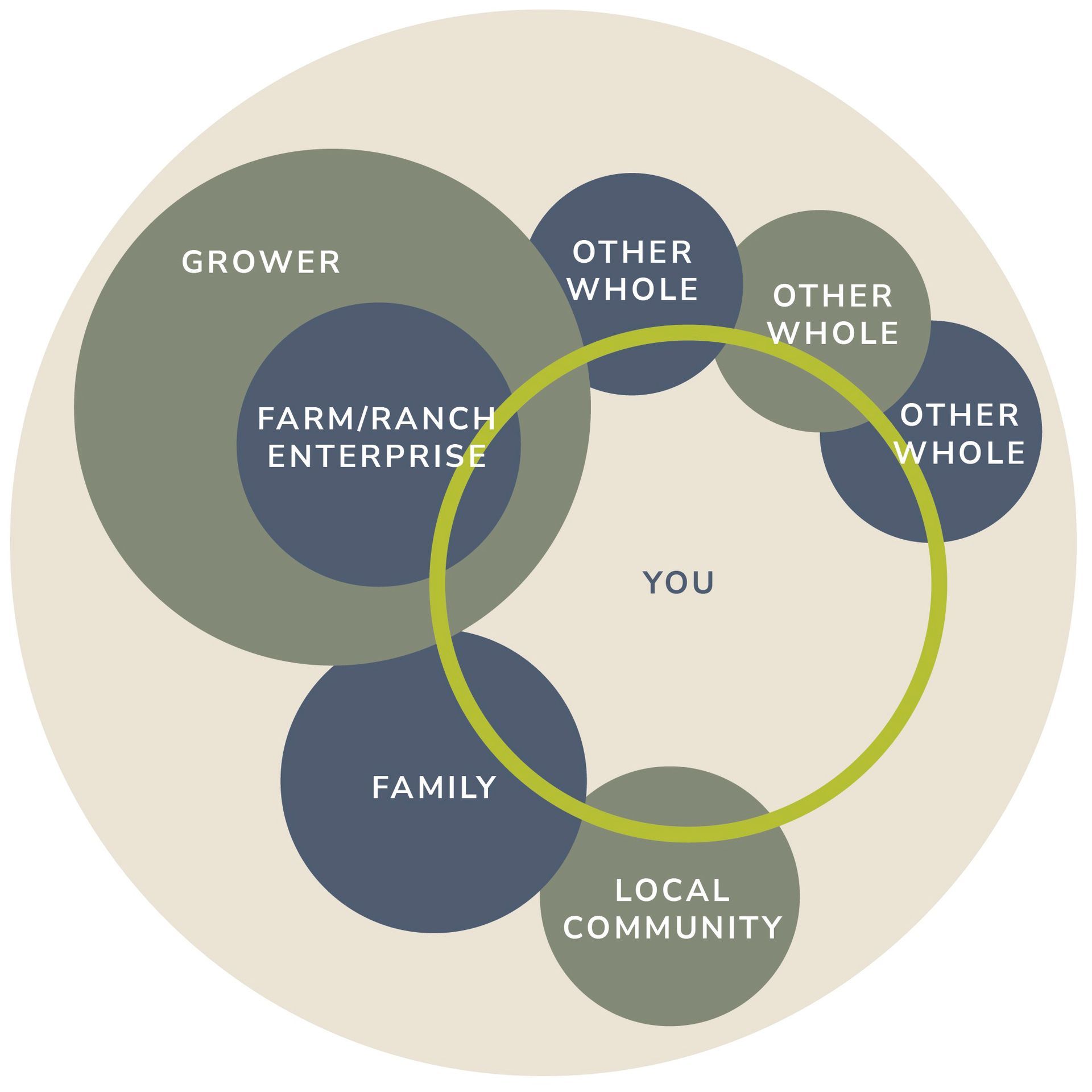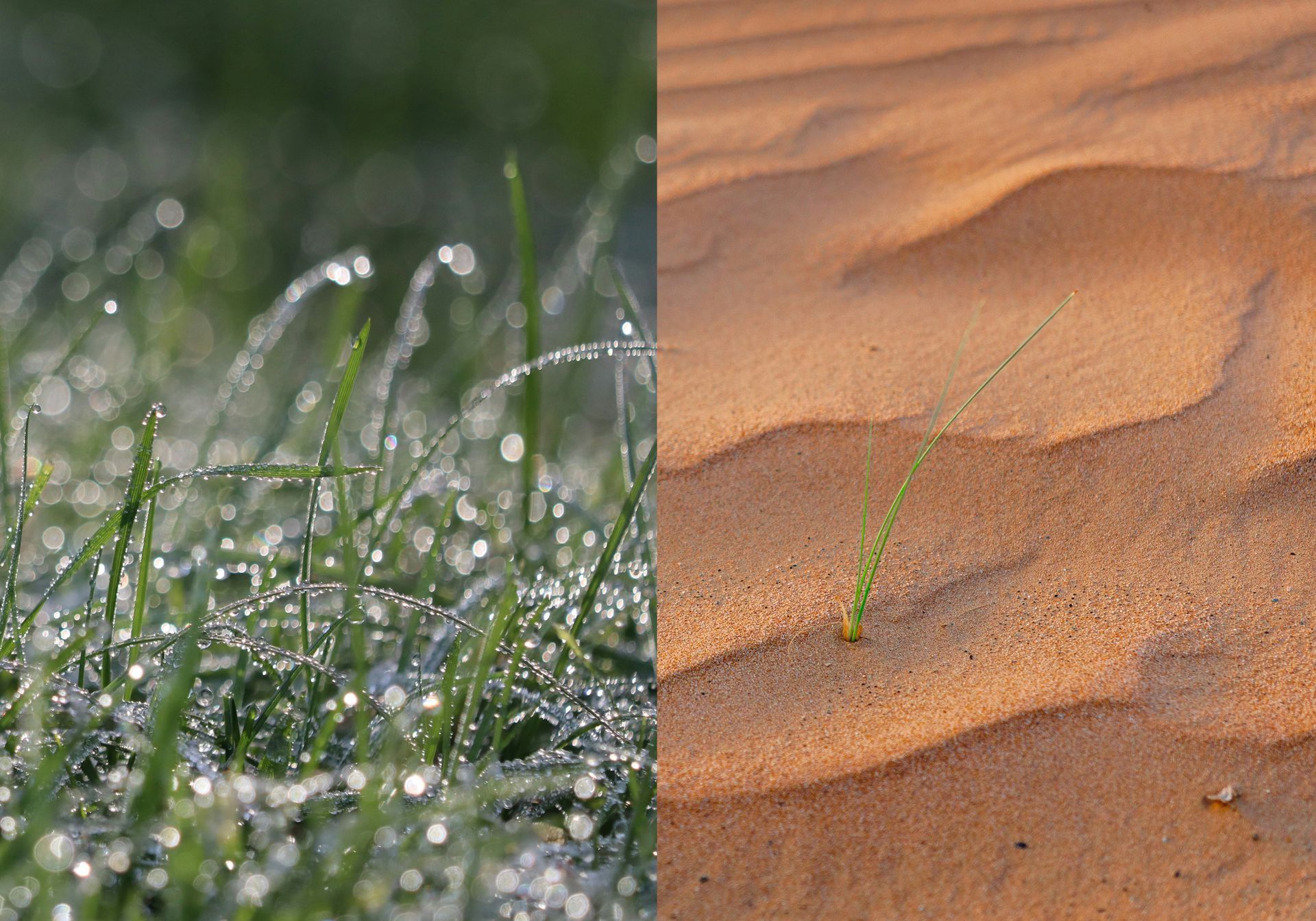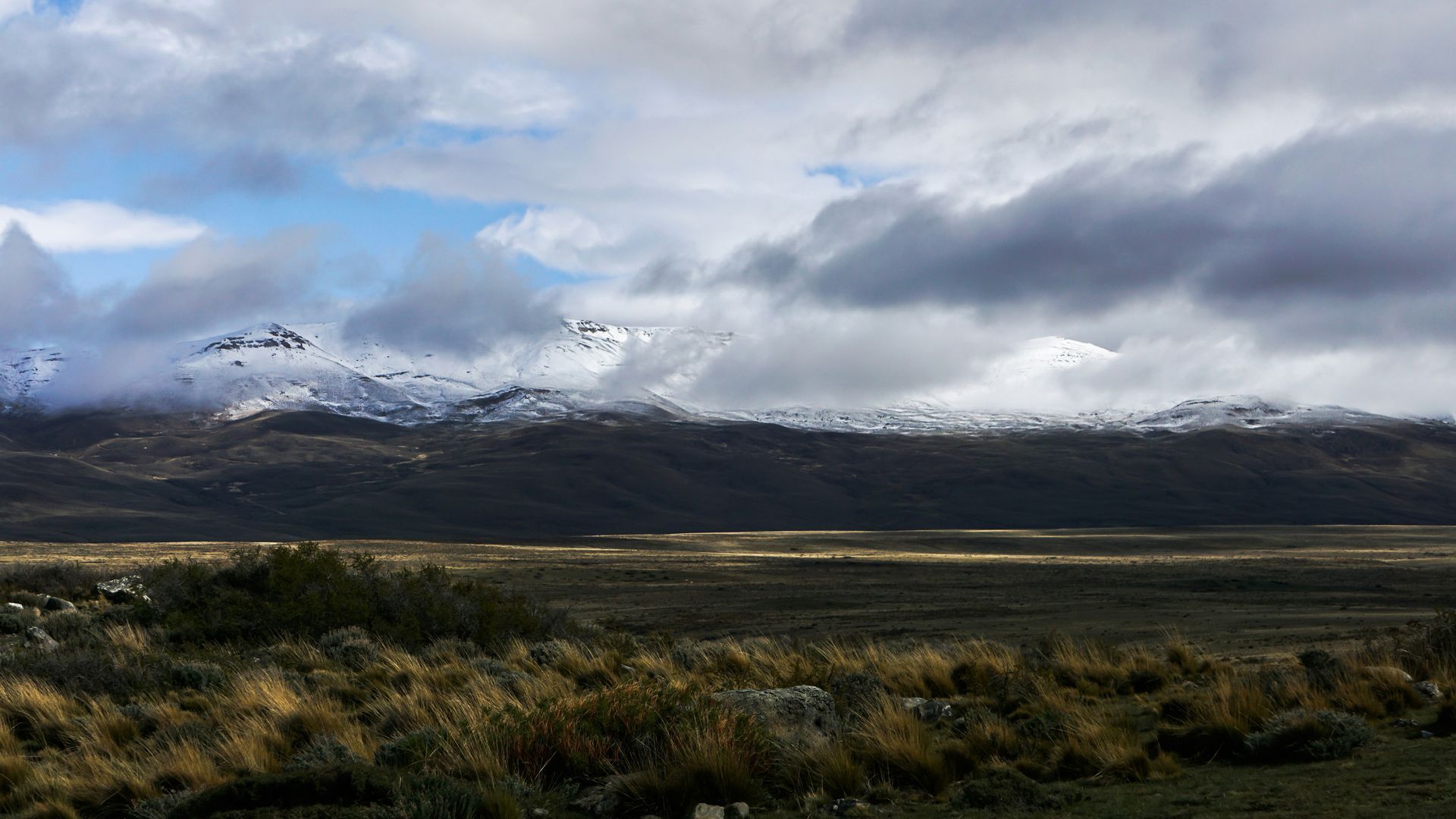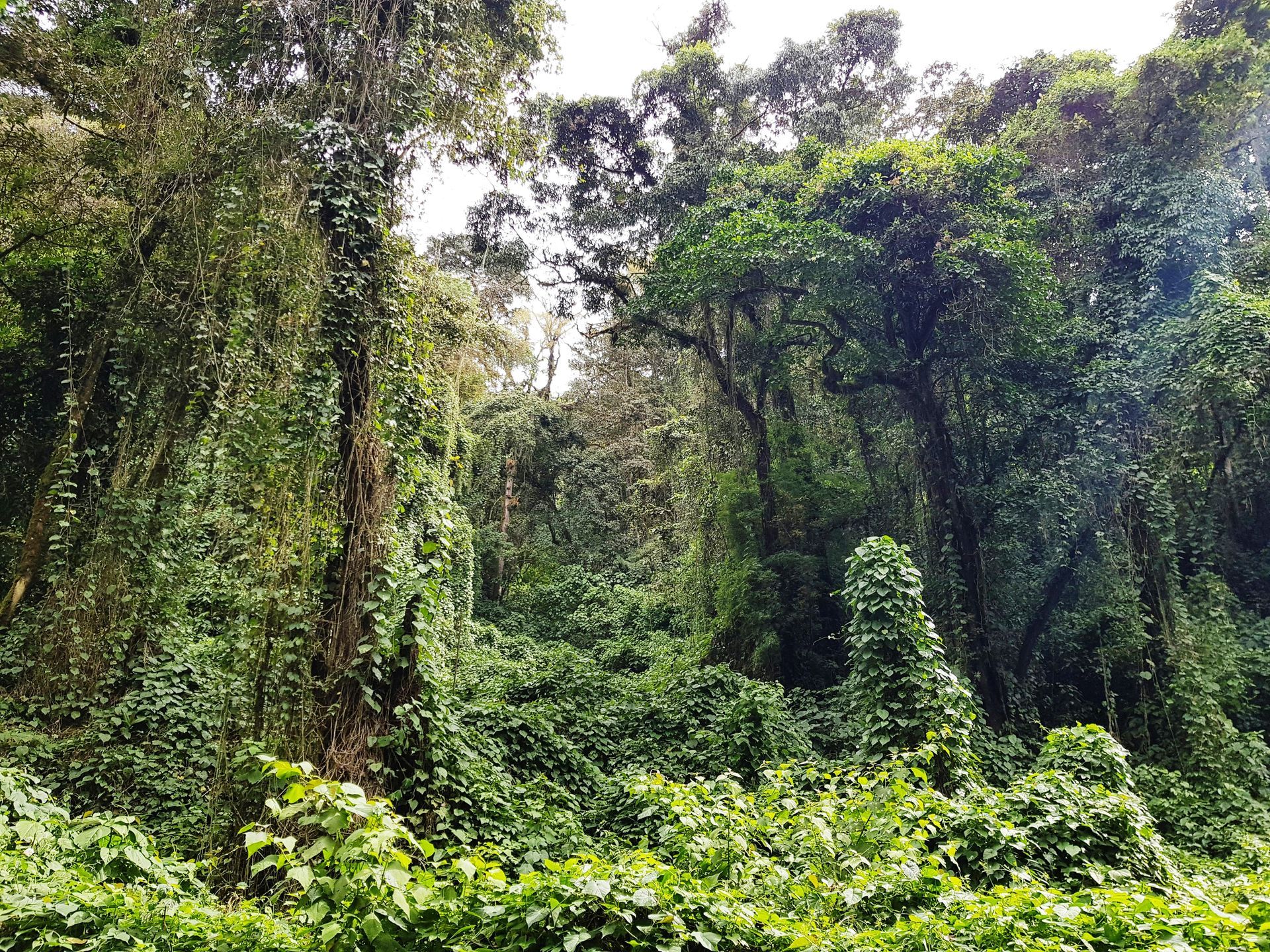Holistic Management Fundamentals - The Water Cycle
The Water Cycle:
A Gateway to Understanding Holistic Management
Following on from last week's introduction to Holistic Management Fundamentals we start to look at the processes that we need to understand.

Water is life
At the heart of Holistic Management (HM) lies a deep understanding of how ecosystems function. While all ecosystems are governed by four fundamental processes—the water cycle, the mineral cycle, energy flow, and community dynamics—it is the water cycle that provides the most accessible starting point for understanding how land health is sustained or degraded.
Water is life, and the way it moves through an environment dictates everything from soil fertility to plant growth, erosion patterns, and climate resilience. By examining how water behaves in different landscapes, particularly in brittle versus non-brittle environments, we can begin to see why some ecosystems thrive while others struggle to recover from degradation.
Understanding the Water Cycle in Holistic Management
The water cycle refers to the movement of water through the environment—from precipitation to infiltration, storage, evaporation, transpiration, and runoff. In a healthy water cycle, rainfall is absorbed into the soil, recharging groundwater, hydrating plant life, and returning to the atmosphere through transpiration. In contrast, a disrupted water cycle leads to excessive runoff, erosion, droughts, and even desertification. The way land is managed—especially how livestock, vegetation, and soil are handled—plays a direct role in whether the water cycle remains functional or broken.
The health of the water cycle is largely influenced by soil structure, plant cover, and organic matter. Bare ground, common in overgrazed or conventionally farmed landscapes, causes water to evaporate rapidly or run off the surface, taking topsoil with it and leading to compaction. By contrast, landscapes rich in living plant cover and organic material act like sponges, soaking up rain and slowly releasing moisture back into the system.
Brittle vs. Non-Brittle Environments: Water Cycle Differences
A key insight of Holistic Management is that not all environments function the same way. Brittleness refers to how evenly moisture is distributed throughout the year. This is not just about how much rainfall an area receives but how consistently it arrives.
Non-Brittle Environments (Humid, Well-Watered Ecosystems)
In non-brittle environments—such as tropical rainforests or temperate grasslands—rainfall is frequent, humidity is high, and decomposition happens rapidly. Here, even if the land is disturbed, nature tends to regenerate quickly. The water cycle remains relatively intact, as constant plant growth and microbial activity keep moisture in the system. Bare soil is less common, and even when exposed, it is quickly recolonised by plants.
Brittle Environments (Arid, Seasonal Rainfall Ecosystems)
In brittle environments—such as savannas, deserts, or seasonally dry grasslands—rainfall tends to be highly seasonal, with long dry periods followed by short bursts of intense rain. Because of this, the water cycle is far more fragile. If the soil is bare when rain arrives, water runs off instead of infiltrating, leading to erosion, flash flooding, and desertification. Organic matter takes much longer to decompose due to lower microbial activity, meaning that without proper management, these ecosystems degrade rapidly.
Regenerating the Water Cycle with Holistic Management
Holistic Management provides strategies to restore the water cycle, particularly in brittle environments where conventional land management often leads to increasing aridity. By mimicking natural processes, particularly the behaviour of large herbivores moving across the landscape, soil cover is maintained, organic matter builds up, and infiltration improves. Techniques like holistic planned grazing, where livestock are used to break up soil crusts, trample organic material, and stimulate plant growth, can significantly improve water retention. Over time, this can turn brittle, degraded landscapes into thriving, self-sustaining ecosystems.
Ultimately, the water cycle is the gateway to understanding Holistic Management because it visibly demonstrates the difference between healthy and degraded land. When water is absorbed and used effectively, all other ecosystem processes—nutrient cycling, energy flow, and biodiversity dynamics—begin to regenerate. By focusing on how water interacts with the land, land stewards can develop a deeper understanding of how to restore ecological function and build resilience against climate extremes.
To really do a deep dive, consider Holistic Management Fundamentals course.



